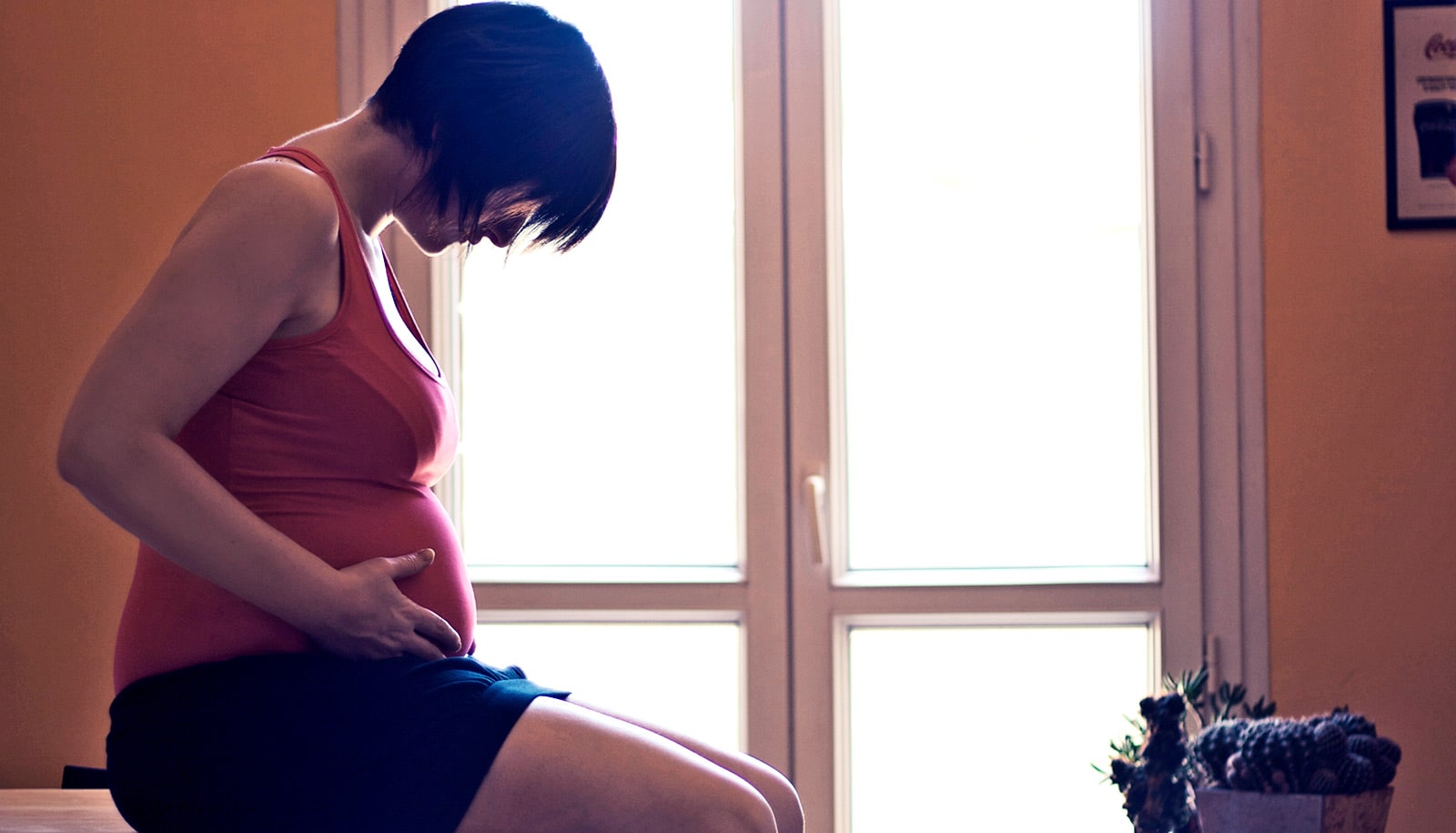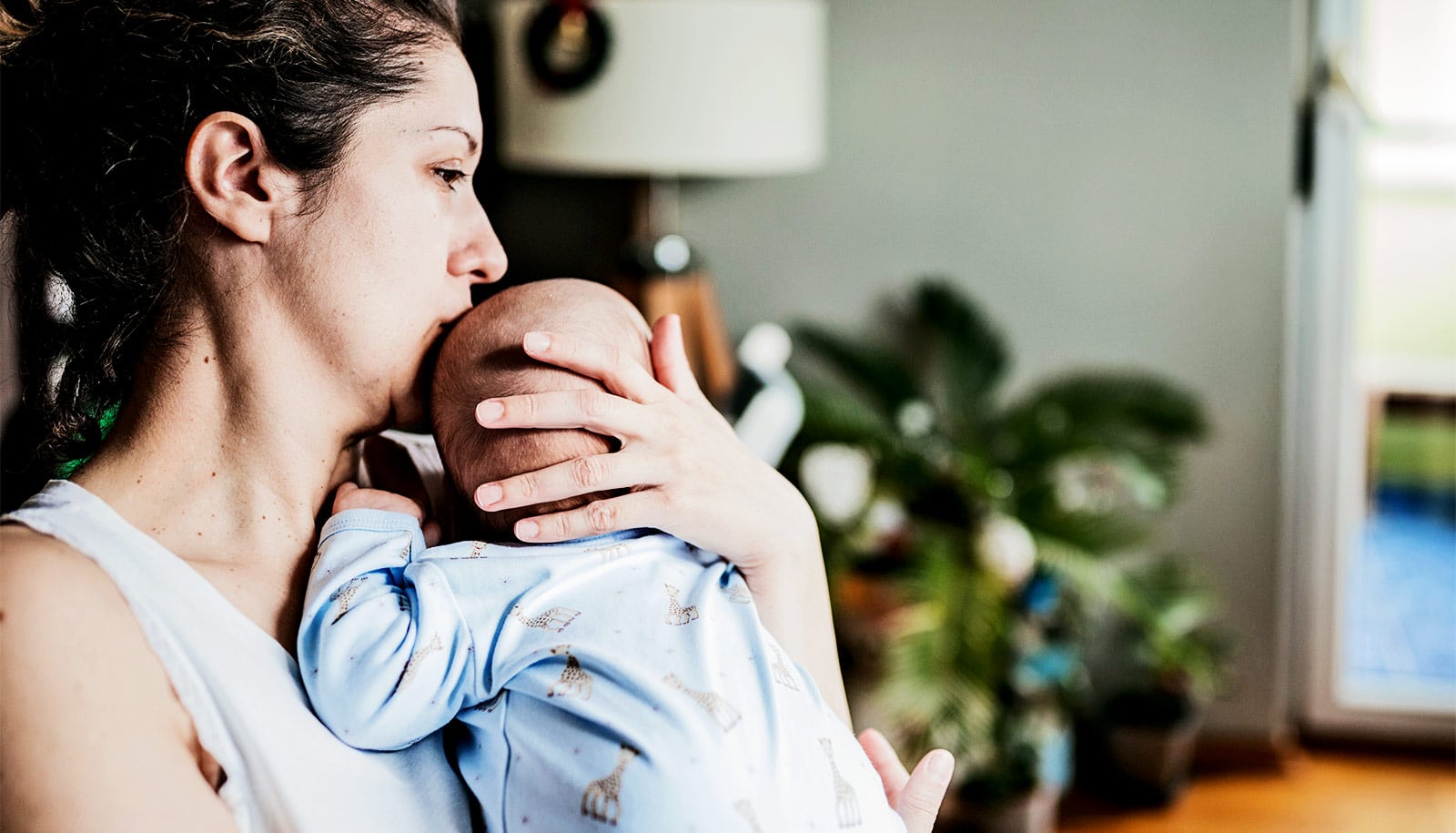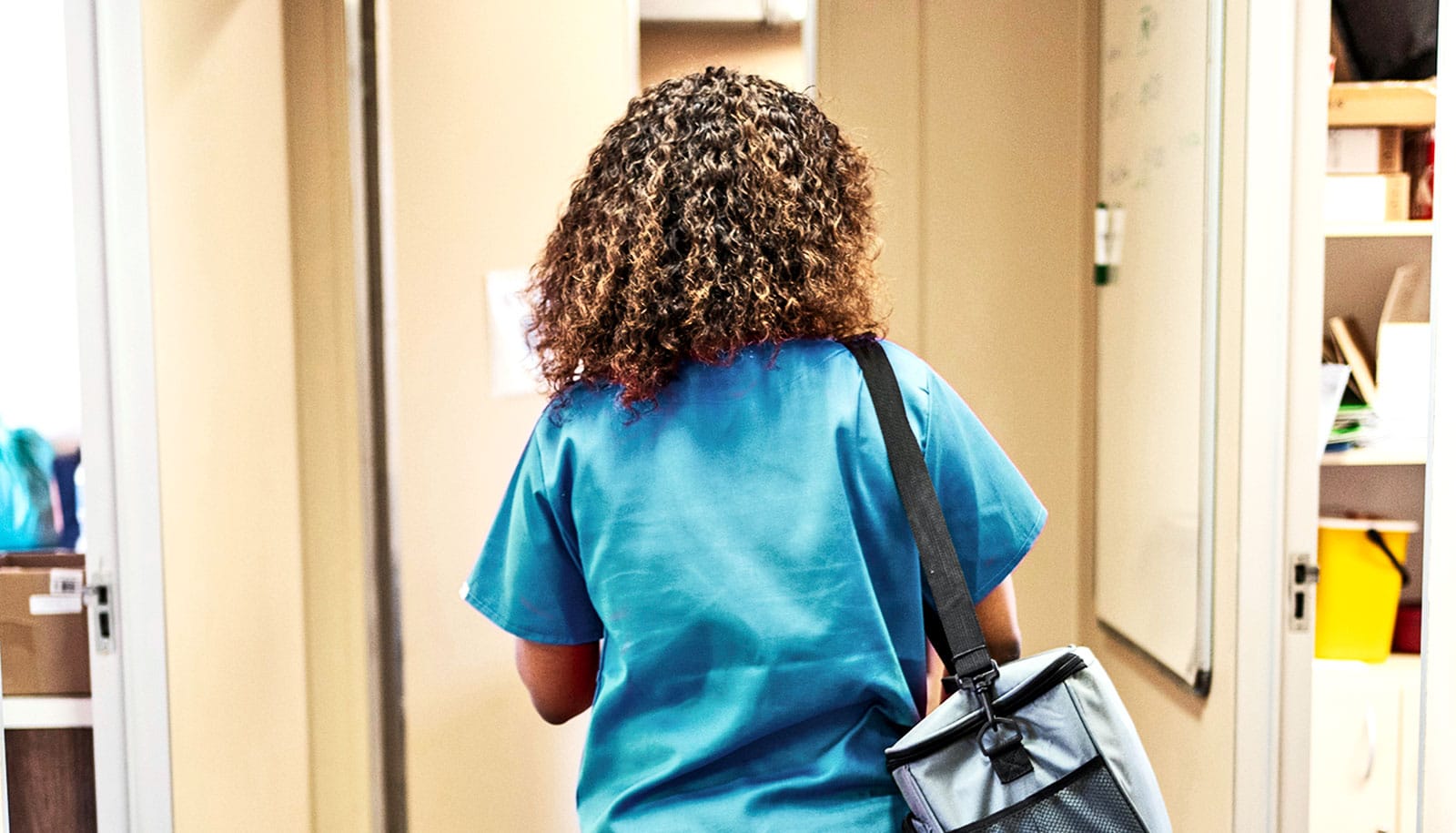In a new study, researchers found that pregnant women with a type of dissociative PTSD that’s often related to childhood abuse or trauma had levels of the stress hormone cortisol up to 10 times higher than their peers.
To learn more about the effect of past stressors and post-traumatic stress disorder on an expectant woman, researchers measured cortisol levels in pregnant women from early pregnancy to when their baby was 6 weeks old.
These toxic levels of cortisol may contribute to health problems in the next generation, says Julia Seng, professor of nursing at the University of Michigan and lead author of the study that appears in the Journal of Obstetric, Gynecologic and Neonatal Nursing.
Cortisol and pregnancy
“We know from research on the developmental origins of health and disease that the baby’s first environment in its mother’s body has implications for health across the lifespan,” she says.
“Higher exposure to cortisol may signal the fetus to adapt in ways that help survival, but don’t help health and longevity. This finding is very useful because it helps us know which women are most likely to exhibit the highest level of stress and stress hormones during pregnancy and postpartum.”
Cortisol is sometimes called the stress hormone because it’s released in stressful situations as part of the flight-or-fight response.
Cortisol levels that stay high are linked to serious health problems such as heart disease and high blood pressure, and can fuel weight gain, depression, and anxiety plus a host of other problems.
The effect of elevated cortisol on a developing fetus isn’t well understood, but high cortisol and stress also contribute to preterm birth.
PTSD and cortisol levels
In the study, 395 women expecting their first child were divided into four groups: those without trauma, those with a trauma but no PTSD, those with classic PTSD, and those with dissociative PTSD.
Researchers measured salivary cortisol at different times during the day. Then 111 of those women gave saliva specimens until postpartum. The difference in cortisol was greatest in early pregnancy, when levels were eight times higher in the afternoon and 10 times higher at bedtime for the dissociative group than for other women.
About 8 percent of pregnant women in the study had PTSD, a disorder that results when symptoms of anxiety and fear persist well after exposure to stressful events. About 14 percent of that group had the more complex dissociative PTSD, which was associated with higher cortisol.
Diabetes during pregnancy ups future risk for mom—and dad
“It’s been a mystery in our field why cortisol is sometimes high with PTSD and sometimes not,” Seng says. “This finding that in pregnancy it’s only the dissociative subgroup that has high cortisol gives us more to go on for future research.”
Seng was surprised at how high the cortisol was in the dissociative group. Researchers expected women with classic PTSD to experience elevated cortisol as well, and the fact that they didn’t is good news.
“We can do something for the 1-to-2 out of 100 pregnant women who have this dissociative PTSD,” Seng says. “We can work with them to make pregnancy, maternity care, labor, breastfeeding, and early parenting less likely to trigger stress reactions. And we can connect them to mental health services when they are ready to treat their PTSD.”
Seng and collaborator Mickey Sperlich developed a PTSD-specific education program for pregnant woman with a childhood trauma called the Survivor Moms’ Companion, which has been piloted in Michigan and is currently being piloted in England.
Good news about antidepressants in early pregnancy
Doctoral candidate Yang Li and faculty members Lisa Kane Low and James Yang of the School of Nursing; and Israel Liberzon, Anthony King, and Maria Muzik of the psychiatry department collaborated on the study.
Source: University of Michigan



